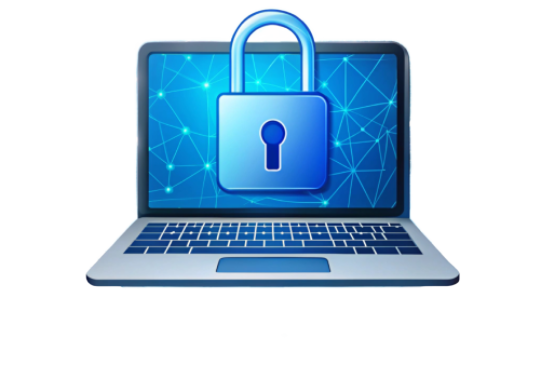Security Information & Event Management




Security Information & Event Management
SIEM is a security solution that aggregates, analyzes, and manages security data from multiple sources (e.g., firewalls, endpoints, servers, applications) to provide real-time threat detection, incident response, and compliance management. SIEM tools collect logs and event data from different systems, normalize it, and use advanced analytics to identify potential security threats or incidents.
Key Functions of SIEM:
- Data Aggregation and Collection: SIEM systems gather log data from various devices, applications, network infrastructure, and other sources in the organization. This could include network traffic logs, system event logs, firewall logs, and more.
- Log Management: SIEM centralizes and stores log data, making it easier for security teams to search through, analyze, and maintain logs for compliance or investigation purposes.

- Event Correlation: SIEM platforms correlate events from various sources to identify patterns or suspicious activities. For example, an unusual login attempt combined with a spike in network traffic may indicate an attempted data breach.
- Real-Time Monitoring and Alerts: SIEM systems provide real-time monitoring of security events and trigger alerts when suspicious activities are detected. These alerts help security teams respond quickly to potential threats before they escalate.
- Incident Detection and Response: By analyzing event data and using predefined correlation rules, SIEM can detect security incidents (e.g., malware infections, unauthorized access, insider threats) and alert SOC teams for investigation and response.
- Compliance Reporting: SIEM platforms help organizations meet various regulatory and compliance requirements by collecting and retaining logs and providing reports on security events and incidents. Common standards like PCI-DSS, HIPAA, and GDPR often require maintaining detailed logs of security activities.
- Forensic Investigation: SIEM tools can be used for post-incident investigation. By analyzing historical log data, security teams can trace the steps of an attacker or investigate a data breach’s root cause.
Benefits of SIEM:
- Centralized Security Monitoring: Provides a unified platform for monitoring security across the entire IT environment, making it easier for security teams to spot issues.
- Real-Time Threat Detection: Enables quick identification of suspicious activities or incidents through real-time alerts.
- Improved Incident Response: By correlating events from different systems, SIEM helps identify the scope and nature of incidents, speeding up response times.
- Compliance Support: Simplifies the process of generating compliance reports for various industry regulations.
- Advanced Analytics: SIEM platforms use advanced analytics, including machine learning and anomaly detection, to improve threat detection and reduce false positives.
